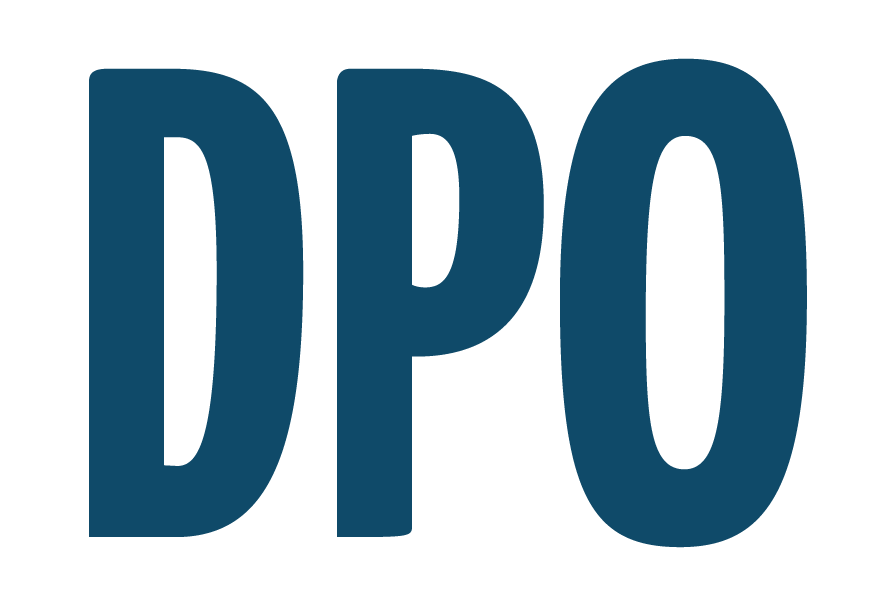The New Era of Budget Control: From Oversight to Insight
- Bogdan Büchner

- Nov 4
- 2 min read
In project-driven industries, budget control has always been a balancing act. Managers need flexibility to act fast — yet finance teams demand accuracy, consistency, and compliance. Bridging these two worlds is no longer a matter of spreadsheets and intuition. It’s about building clarity into every purchasing decision.
As projects grow more complex, so does the challenge of staying on budget. Rising costs, distributed teams, and multiple approval layers often lead to one familiar outcome: financial surprises. The question is not whether overspending happens, but how early you can see it coming.

From Static Numbers to Dynamic Control
Traditional budget control has often been retrospective. Teams spend first, reconcile later. Reports arrive weeks after decisions are made, when it’s already too late to adjust course.
Modern organizations are shifting toward dynamic budget management — systems that allow visibility into commitments before money leaves the account. This isn’t just a technological shift; it’s a cultural one. It means moving from control through restriction to control through transparency.
When every purchase is tracked at the moment of request, the conversation changes. Budget owners no longer debate “what went wrong,” but “what’s still possible.”
Why Visibility Matters More Than Ever
Transparency isn’t about micromanagement. It’s about trust built on facts. With distributed teams and remote approvals, organizations need shared visibility into where funds are allocated — not just where they’re spent.
This shared visibility creates alignment between operations and finance. It also reduces the friction between those who need to act quickly and those who need to ensure compliance. The earlier both sides see the same data, the fewer conflicts arise later in the process.
Building a Culture of Accountability
Budget control is ultimately about people, not numbers. Tools and systems can surface data, but they work only if the organization embraces accountability.
This means clear approval responsibilities, realistic budget definitions, and accessible reporting. When team members understand how their decisions affect the larger financial picture, cost awareness becomes part of daily operations — not an end-of-month exercise.
The Role of Digital Tools
Digital platforms like Digital Purchase Order don’t replace financial discipline — they enable it. By structuring approval flows, documenting purchase decisions, and centralizing spend visibility, such systems help organizations evolve from reactive oversight to proactive insight.
Budget control is not achieved by tightening rules, but by designing processes that make control effortless. The right tools turn complex procedures into clear, repeatable actions — freeing teams to focus on delivering results rather than chasing numbers.
Conclusion
Budget control is no longer a back-office function. It’s a core part of strategic project management. The organizations that succeed are those that treat budgets not as static limits, but as living instruments of decision-making.
With greater transparency and shared responsibility, budget control becomes less about saying “no” — and more about knowing when and where to say “yes.”



